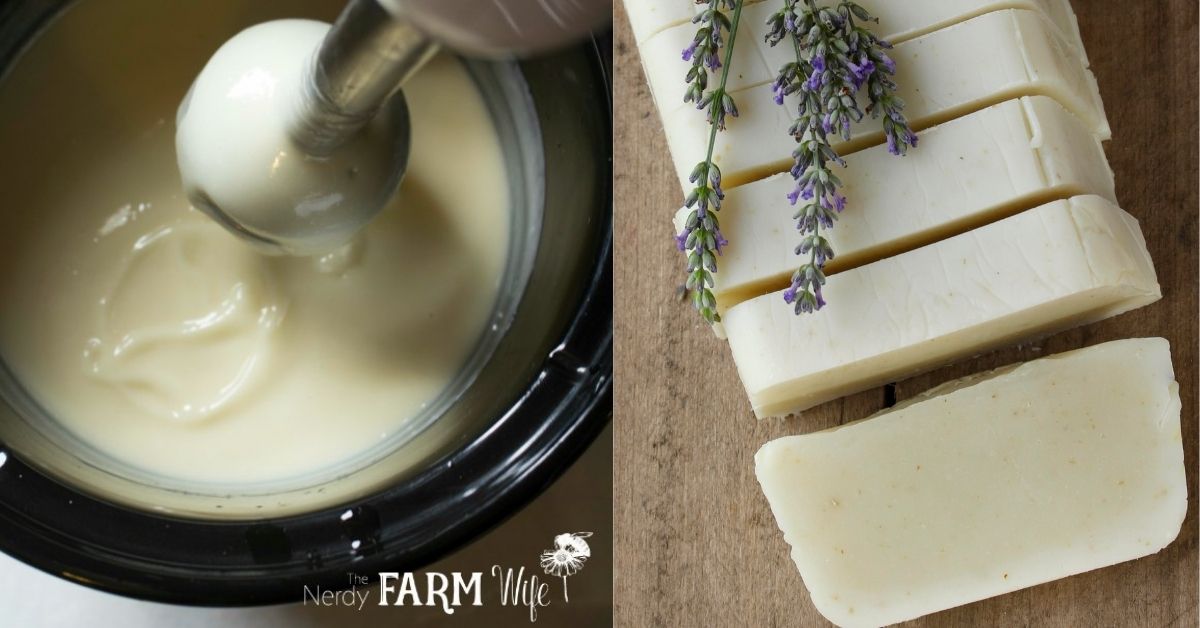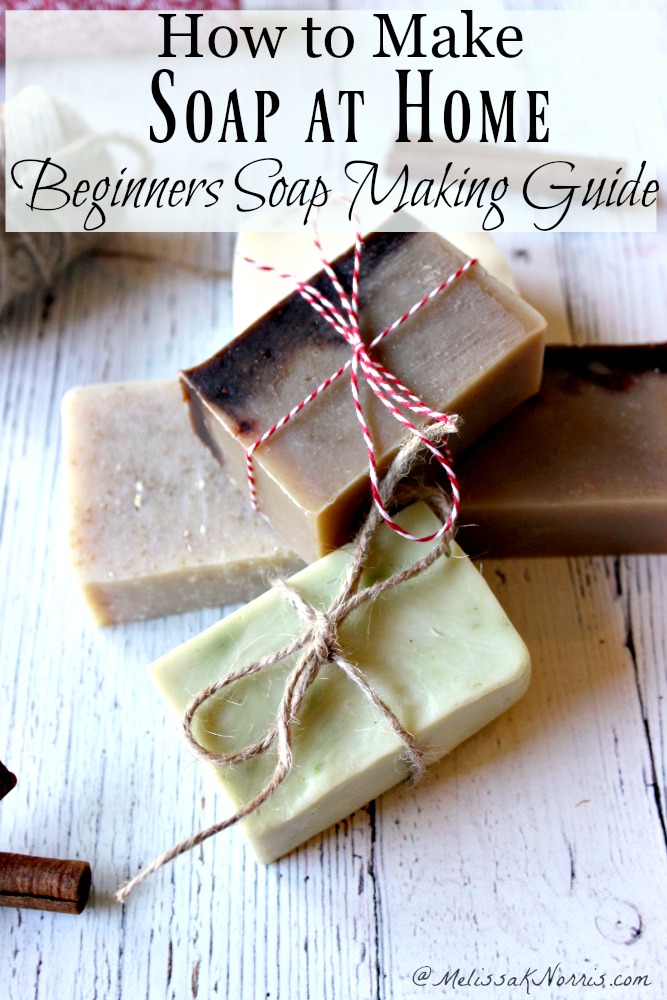Soap making is a centuries-old craft that involves the chemical reaction of an acid and a base to form a salt (soap) and water (glycerin). There are several methods for making soap, including the cold process, hot process, and melt and pour methods.
The cold process method involves combining oils, such as olive oil or coconut oil, with an alkaline solution, such as lye, to create soap. This process can be done at room temperature, hence the name "cold process." The ingredients are mixed together and left to cure for several weeks, during which time the soap hardens and saponification occurs.
The hot process method is similar to the cold process method, but involves heating the mixture of oils and lye to speed up the saponification process. The mixture is heated to around 70-80°C and then poured into molds to set.
The melt and pour method is a simpler way to make soap, as it does not require the use of lye. Instead, pre-made soap base is melted and then fragrances, colorants, and other additives can be mixed in. The mixture is then poured into molds and left to set.
In addition to these traditional soap making methods, there are also modern techniques, such as the rebatching method, which involves grating and melting a pre-made soap, adding additional ingredients, and then reforming the soap into a new shape.
No matter which method is used, soap making requires careful attention to safety precautions, as lye can be corrosive and the saponification process can release heat. It is important to wear protective clothing and goggles, and to carefully measure and mix the ingredients.
Overall, soap making can be a rewarding hobby or business, allowing individuals to create unique and personalized soap products using a variety of methods and ingredients.









